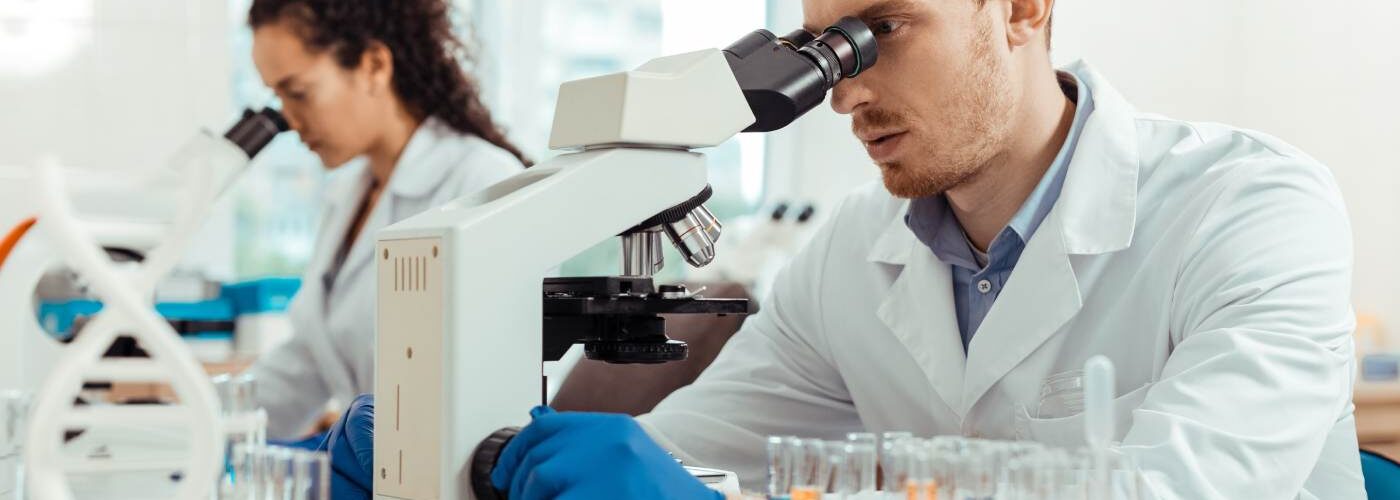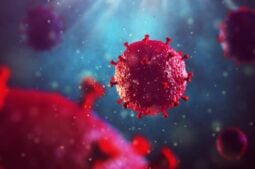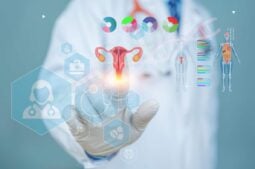
Endometriosis and pregnancy is the focus of one of the studies presented by IVI at the 81st Congress of the American Society for Reproductive Medicine (ASRM) in San Antonio, Texas.
A team of researchers from the IVI Foundation and the Health Research Institute La Fe (IIS La Fe) has identified alterations in the uterine tissue of women with endometriosis that may explain some of the fertility problems and pregnancy complications associated with the condition. Their findings pave the way for more personalized treatments and diagnostic tools that enable earlier detection.
Exploring the Link Between Endometriosis and Pregnancy
Endometriosis affects nearly 10% of women of reproductive age. Beyond intense menstrual pain, this disease can interfere with conception and increase the risk of complications during pregnancy, such as preeclampsia or miscarriage.
While its clinical effects are known, science is still seeking to understand the mechanisms behind how endometriosis disrupts fertility and embryo development. In this context, the study led by the IVI Foundation and IIS La Fe marks a significant advance in understanding the role of the endometrium—the uterine lining where embryo implantation occurs.
The results, presented by Alba Bas, a predoctoral student at the IVI Foundation, offer new insights into the biological processes that may underlie reproductive difficulties in women with endometriosis.
The Endometrium as a Starting Point: Study Objectives
The project, led by Dr. Hortensia Ferrero—researcher at the IVI Foundation and head of the “Treatment and Diagnosis of Uterine Diseases” group at IIS La Fe—focused on identifying differences in endometrial proteins between women with and without endometriosis.
The goal was to detect molecular alterations that could impair the endometrium’s ability to support and sustain a pregnancy. Proteins, being essential to cellular activity, can reveal imbalances that disrupt the uterine environment. Analyzing their composition and behavior offers a direct window into how endometrial receptivity is affected by endometriosis.
Endometrial Organoids: An Innovative Tool for Studying Pregnancy
Studying the endometrium during pregnancy poses ethical and practical challenges, as uterine tissue cannot be collected from pregnant women. To overcome this, Dr. Ferrero’s team created endometrial organoids in the lab—three-dimensional models that replicate the characteristics of actual uterine tissue.
Derived from endometrial cells, these organoids can simulate conditions present during the early stages of pregnancy. In this experiment, researchers exposed them to pregnancy-related hormones to mimic that physiological environment.
“Thanks to the use of advanced 3D in vitro culture models of endometrial organoids, which reproduce uterine tissue under conditions similar to early pregnancy, we were able to observe how the endometrium in women with endometriosis shows alterations in multiple proteins essential for a healthy pregnancy,” explained Dr. Ferrero, principal investigator of the study.
This approach allowed researchers to replicate the initial stages of embryo implantation in the lab, enabling direct observation of how endometrium affected by endometriosis behaves.
More Than 6,000 Proteins Analyzed: A Comprehensive Study
The team conducted an in-depth proteomic analysis, examining more than 6,000 proteins found in endometrial samples.
Of these, 363 showed significant differences between women with endometriosis and the control group. Most notably, 35 proteins were identified as exclusive to endometrial tissue affected by endometriosis—absent in healthy women.
These proteins play key roles in biological processes such as metabolism, energy production, cellular structure, and immune tolerance. All of these are essential mechanisms for successful embryo implantation and a complication-free pregnancy.
“These findings allow us to better understand the molecular mechanisms in the endometrium that underlie pregnancy complications in women with endometriosis,” said Dr. Ferrero. “In the long term, this knowledge could be key to developing personalized treatments and early diagnostic strategies that improve reproductive health outcomes for these patients.”
New Perspectives for Reproductive Medicine
The results of this research not only help explain why endometriosis may hinder conception but also point to potential pathways for personalized treatments.
Understanding which proteins are altered and how they affect endometrial function can lead to therapies tailored to the molecular profile of each patient. This could improve the precision of fertility treatments and increase success rates.
Additionally, the findings open the door to developing early diagnostic tests that detect endometrial imbalances before complications arise, allowing for faster and more effective intervention.
This breakthrough marks the beginning of a new phase in reproductive medicine—one that is more individualized, preventive, and rooted in each patient’s biology, with the goal not only of achieving pregnancy but also ensuring its healthy progression.
Looking Ahead: Science in Service of Women’s Health
Although endometriosis remains a complex and, in many ways, mysterious condition, studies like this represent a meaningful step toward a comprehensive understanding. The research conducted by the IVI Foundation and IIS La Fe highlights the potential of translational science to bridge basic research and clinical practice, which ultimately leads to improving the quality of life for affected women.
The presentation of these findings at a leading international forum such as the American Society for Reproductive Medicine (ASRM) Congress underscores the IVI Foundation’s ongoing commitment to scientific innovation and women’s health—driving the search for effective solutions to the reproductive challenges posed by endometriosis.
Conclusion: A New Horizon in Understanding the Endometrium
The work of this research team has revealed that the endometrium in women with endometriosis shows alterations in proteins essential for the initiation of pregnancy. This discovery helps explain why these patients may face greater difficulties in conceiving or maintaining a pregnancy and opens new possibilities for the development of more targeted treatments.
A deeper understanding of endometrial biology is a decisive step toward more personalized and compassionate reproductive care—where prevention and treatment are adapted to the unique profile of each patient.
Every scientific advance brings us closer to understanding the crucial role of the endometrium—and to ensuring healthier pregnancies for women with endometriosis.





Comments are closed here.